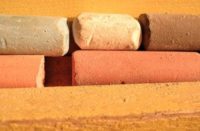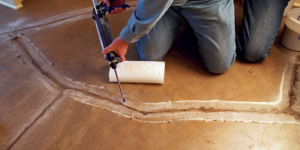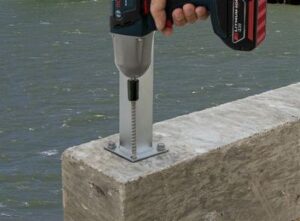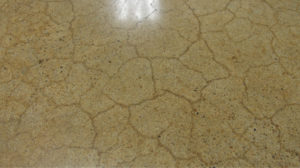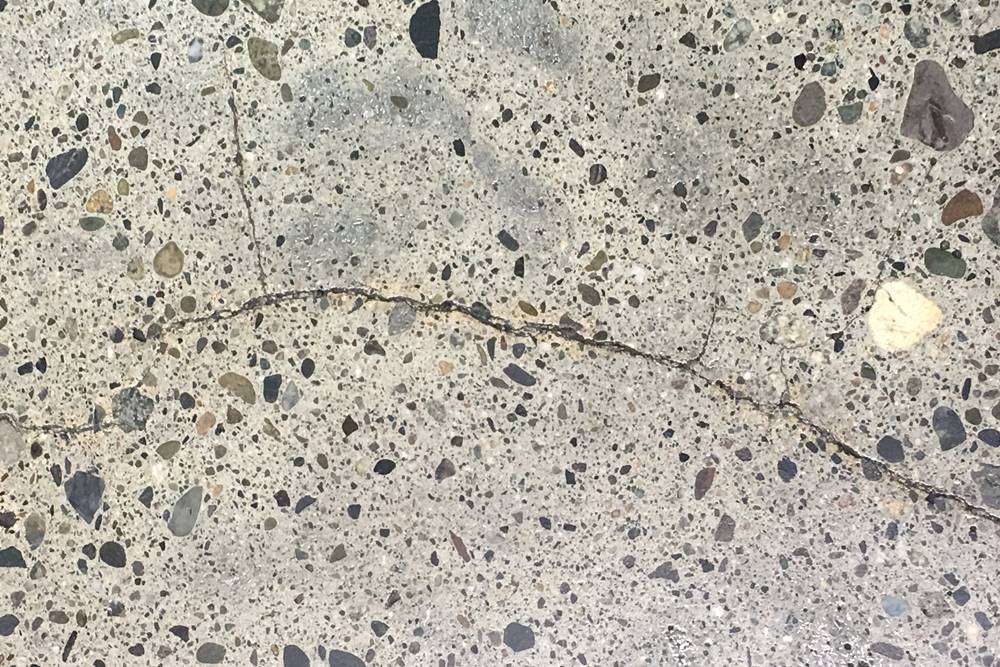
Being proactive early can make or break the success of your project! It’s essential to educate your crew, so these questions don’t cause unneeded anxiety. Knowledge is power when the owner of a site asks the polishing contractor questions like: “Why did my concrete crack and how can you fix it?”
Your crew will know — instead of making well-intentioned promises to “help” the customers and end up making a problem yours that was the concrete contractor’s.
Having a basic understanding of the different types of cracks your crew may encounter, what to say, and how to address them can be very important. It ensures doable expectations are set, and the responsible party pays for any extra-work.
Why do plastic shrinkage cracks happen?
A “stressor” causes plastic shrinkage cracks during and after the concrete hardens. Some of the most common stressors include drying shrinkage, thermal contraction or subgrade settlement of the slab.
The predominant stress factor influencing concrete’s drying-shrinkage properties is the concrete’s total water content. When the water content increases, the amount of shrinkage increases proportionally.
Changing to more sand (fine aggregate) content can also cause cracking. Likewise, significant size reduction of the coarse aggregate will also increase shrinkage because the water volume increased and the reduced aggregate size provides less internal restraint.
We call these types of cracks plastic shrinkage cracks (PSCs). They vary in length and appear from a few inches to 10+ feet apart. They often go down to the slab’s mid-depth.
Fixing the cracks
As the slab ages, these cracks grow with continued stressful influences. They grow wider as the concrete experiences traffic, resulting in chipped, brittle edges. And PSCs get longer during curing, settling of the slab, and natural expansion and contraction due to environmental conditions.
A maturing crack will get longer over time until it reaches a wall, column or possibly when the stress gets reduced or eliminated.
Best practices
- When a PSC hasn’t been abused and is tight ( thinner than a dime), leave that crack alone and polish the floor. A grout coat could help by filling the thin void.
- Address cracks with differing elevations and with widths thicker than a quarter but less than ¼ inch. Grind, clean and fill them with a high-viscosity polyurea developed for this. Make sure to follow along the crack so that both sides are level, full and flush. This will eliminate “harborage” from collecting in the cracks.
- You can chase PCSs wider than ¼ inch with a saw-blade, cleaned, filled and shaved for the best durability. Or, vacuum, fill with product, and shave using repair product in a color that blends in with the slab when polished. Note: the human eye will notice chased cracks even more than before the repair.
Get specific
Even when you understand the standard practices of repair, it’s equally important to think about the specific set of circumstances. Then ask yourself and the owner some questions. By doing this, everyone involved is satisfied and gets paid.
- Does the crack repair need to be decorative?
- Did something external cause the crack to form?
- How much and what type of traffic does this area incur?
- Is this area either heaved or sunk compared to the rest of the slab?
- What is the width of the crack?
- Does it have islands?
- Is the crack mature or young?
- Does the crack have spalls (damaged, missing edges)?
- Does the crack pose a trip hazard?
Here’s the tip:
Make a game plan. Get the entire construction team’s agreement so no one questions who will pay for this extra work. Then call your polyurea manufacturer. Send them photos, explain the issues and ask what products they recommend. Let them tell you what materials to order, what tools and supplies will work best, and even what steps they recommend.
You’ll be surprised just how much info they’ll give and how much your team will continue to learn. I say this because these products change and develop faster than most other parts of the polishing industry. Keep up, keep learning or get out of the way!
